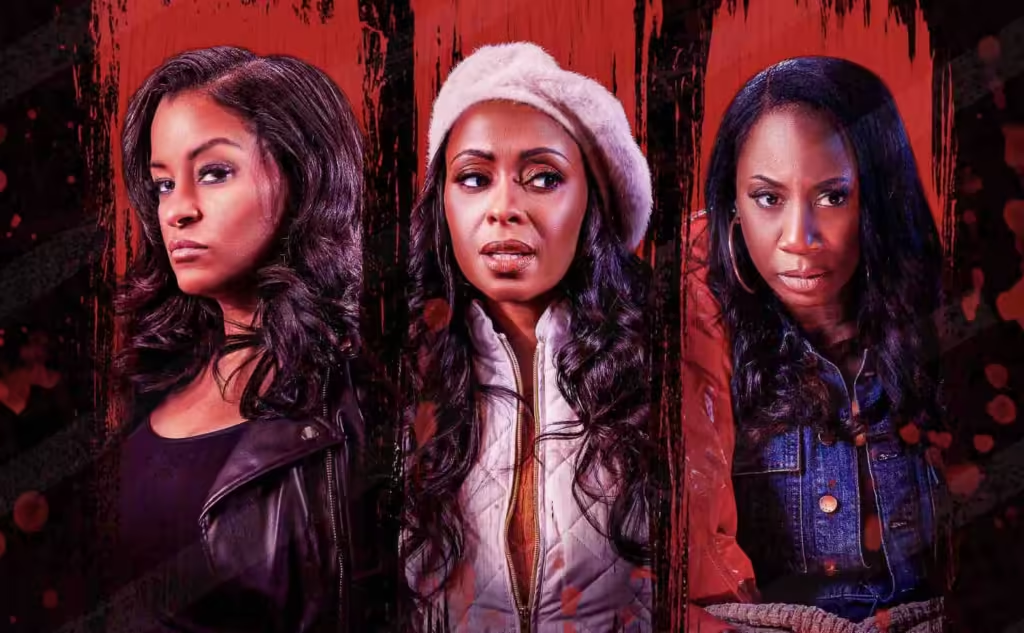B. Harrison Smith’s horror film Trope (2024) makes a strong name for itself in the genre, emphasizing psychological and suspenseful aspects. The subgenres of horror film have become increasingly distinct as the genre has developed, and Trope capitalizes on the rising interest in psychological horror, which has experienced a resurgence in recent years. In contrast to conventional slasher or monster films, the movie’s themes and structure are intended to evoke a tense atmosphere that draws in viewers and delivers terror on a deeper, more cerebral level.
What is Psychological Horror?
Fundamentally, psychological horror is a subgenre that uses its characters’ emotional, mental, and psychological states to arouse fear. Psychological horror explores the characters’ inner conflicts and fears rather than focusing only on jump scares or graphic imagery. The characters’ incapacity to believe in reality or their own senses frequently serves as the source of horror, creating a feeling of dread that follows them long after the movie has ended.
Trope illustrates this by putting its characters in horrifying circumstances that distort their understanding of reality. The movie plays heavily on the notion that internal psychological and emotional instability poses a greater threat than any external killers or monsters.
The Importance of Suspense
Another essential element of Trope is suspense, which is expertly woven throughout the story by director B. Harrison Smith. In horror films, suspense is frequently created by keeping details from both the audience and the characters, which heightens the tension. The viewers are aware that something is off, but they are unsure of what it is or when it will happen.
Smith builds suspense and keeps the audience on the edge of their seats in Trope by revealing the full horror at the right moment. Psychological horror is known for its slow-burn strategy, which makes the fear more enduring and unnerving. The suspenseful atmosphere of the movie draws viewers in and plays on their own worries and fears, making them feel just as vulnerable as the characters on screen.
The Characters’ Inner Turmoil
The main cast of the movie—Caryn Ward as Lisa, Claudia Jordan as Shelly, and Asia Holiday as Shay—faces psychological challenges in addition to physical peril. The horror is primarily focused on the mental and emotional states of their characters. For example, the movie looks at how these people struggle with trust, fear, and the unknown, which raises the stakes by centering the story around their inner conflicts.
Trope creates a realistic and engaging experience by utilizing these personal struggles. The film’s terror is not derived from monsters or supernatural forces, but rather from the way the characters’ minds warp under stress and conflate imagination and reality. This uncertainty about what is real and what is a product of their collapsing mental state gives the movie a deeper level of nuance and heightens the psychological impact of the terror.
Visual and Auditory Atmosphere
The overall feeling of fear in Trope is greatly enhanced by the visual and aural components, even though psychological horror frequently depends on plot and character development. Three Point Capital (TPC), Lux Angeles Studios, and Plymouth Boulevard Productions worked together to create an eerie, unsettling setting for the movie that mirrors the characters’ psychological disorder.
The audience is made to feel as though they are in a distorted version of reality through the use of dark lighting, small areas, and eerie sound effects. In the same way that the characters are confused by the horrors they encounter, these visual tricks aim to confuse onlookers. The film’s sensory aspects, when combined with an eerie musical score, heighten the psychological tension and cause viewers to doubt their own understanding of what is happening.
The Evolution of Horror in Trope (2024)
Movies like Trope are redefining what it means to frighten an audience as the horror genre develops. A larger trend in the genre is the move away from traditional horror, which frequently depended on shock value or graphic imagery, and toward more complex, psychological storytelling. Films that push viewers both mentally and physically are the more subdued forms of horror that Trope embodies, and these are forms that contemporary audiences have learned to love.
Trope invites viewers to interact with the story more deeply, thinking about the characters’ mental states and solving the narrative’s mysteries, as opposed to concentrating on the story’s obvious physical threats. Because viewers are drawn into the characters’ experiences and compelled to face their own fears, this intellectual engagement makes the scares more effective and personal.
Trope and the Future of Psychological Horror
Trope (2024) is a particularly noteworthy illustration of how suspenseful and psychological horror can have a profound effect on viewers. The film explores human fears through its tense atmosphere, nuanced characters, and gripping narrative, creating an uncomfortable and thought-provoking experience. As horror continues to evolve, films like Trope will likely play a crucial role in shaping the future of the genre, offering viewers an experience that is not just frightening but intellectually and emotionally engaging.
